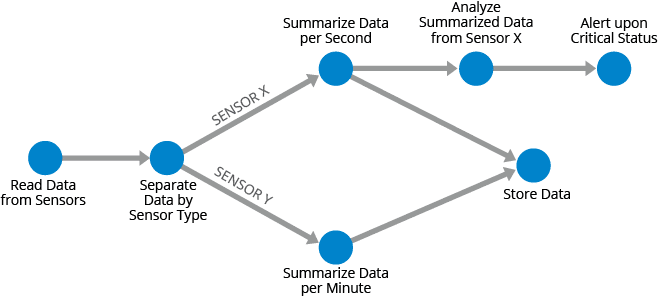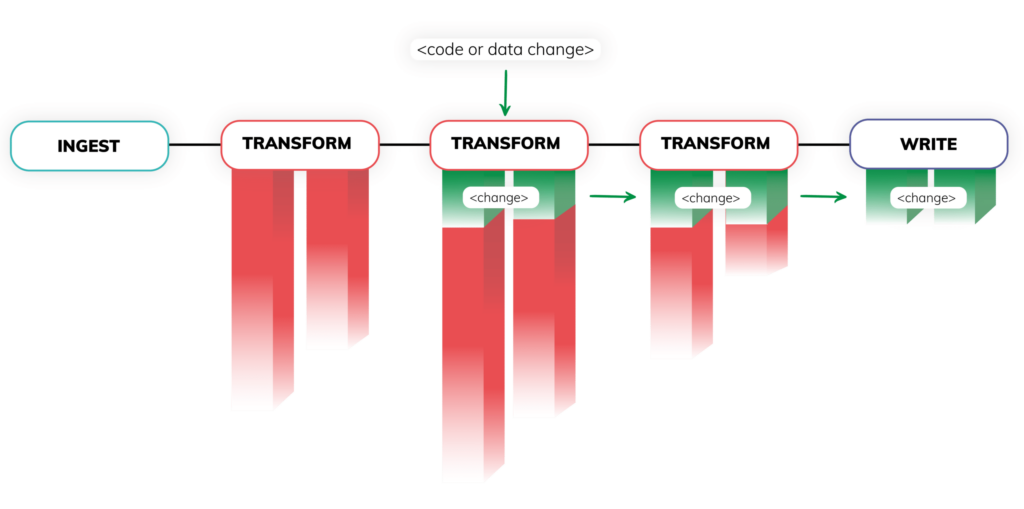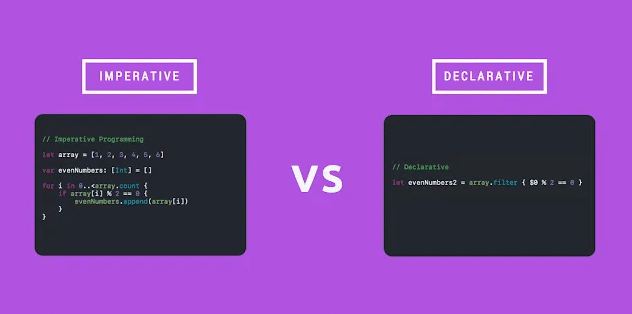Data automation harnesses technology to automate repetitive data tasks, improving efficiency, data quality, and scalability. It allows data professionals to focus on strategic initiatives rather than manual processes. This approach differs from data orchestration by its focusing on task execution and process automation, forming a key component of a robust data strategy.
Article updated on June 27, 2024.
What Is Data Automation?
Differences Between Automating Data and Orchestrating Data
Purpose and Scope:
- Automating Data: Data automation primarily focuses on leveraging technology to handle repetitive data processes without constant human intervention. It aims to eliminate manual, routine tasks, allowing data professionals to concentrate on more strategic activities that can directly benefit the business.
- Orchestrating Data: Data orchestration refers to the coordinated management and execution of different data-related tasks in a specific sequence or flow. It’s about ensuring that multiple data processes, which could be automated or manual, interact seamlessly and execute in the right order for a desired outcome.
Human Involvement:
- Automating Data: The main objective is to reduce the need for continuous human intervention in routine tasks, providing professionals with more time for in-depth analysis, strategy development, and high-level decision-making.
- Orchestrating Data: While it may involve some automated processes, orchestration often requires human oversight to ensure that data tasks are coordinated effectively and that dependencies between tasks are managed properly.
Outcome:
- Automating Data: The primary outcome of automation is efficiency — performing a specific data task faster and with minimal errors.
- Orchestrating Data: The outcome here is coherence — ensuring that all data tasks, whether automated or not, culminate in a harmonized, coordinated result that aligns with the overall data strategy.

Source: A stream of sensor data represented as a directed acyclic graph.

Data automation is an always-on engine that manages and propagates change for you.
How Does Data Automation Work?
Step 1: Extract
- Should data reading be restricted to a few threads to avoid overwhelming a small database?
- Or is it an object store where you can parallelize reads across hundreds if not thousands of workers all at the same time?
- Has this specific data been extracted before? If so, has it changed and does it need to be re-extracted?
Step 2: Transform
- Do we need to even run a new data processing job? If so, how many resources should it have?
- Does it run better on a particular type of engine than another?
- What depends on this job and others that are competing for resources, and based on those dependencies, is one higher priority than the others?
Step 3: Load
- What if data already exists where I want to load new data?
- Is the data correct and does it have the right schema?
- What do I do when the schemas don’t match?”
Developing a Data Automation Strategy
Understanding Imperative Approaches:
Embracing the Declarative Paradigm:

Source: Imperative vs Declarative Programming
The Role of Metadata in Declarative Systems:
The Advantages of Data Automation
Time Savings:
- Overview: Automating routine tasks offers organizations the opportunity to save crucial hours that can be otherwise used for more complex and strategic activities.
- Impact: Freeing up staff from monotonous and time-consuming tasks allows them to channel their focus towards areas that require human creativity, fostering overall efficiency. This can speed up decision-making processes and reduce the time taken to achieve critical milestones.
Enhanced Performance:
- Overview: Automation streamlines operations, eliminating potential bottlenecks and inefficiencies.
- Impact: By expediting outputs and ensuring swift response times, businesses can ensure that their data systems remain agile and responsive. This quick turnaround can significantly improve customer experiences and operational workflows, keeping businesses a step ahead of the competition.
Scalability:
- Overview: Data automation is designed to be adaptable, and capable of expanding its operations in line with growing data requirements.
- Impact: As organizations grow and their data loads surge, the flexibility of data automation means they can scale up (or down) without the need for major system overhauls. This ensures continuity of operations and the ability to seize new opportunities without technological limitations.
Cost Efficiency:
- Overview: Automation reduces the dependence on labor-intensive manual processes.
- Impact: With fewer manual processes, companies can significantly curtail overhead costs related to human resources, error corrections, and process delays. Over time, the cost savings from automation can be channeled into other strategic investments, bolstering a company’s competitive edge.
Improved Data Quality:
- Overview: Automation, by design, is consistent, following the same process every time without deviation.
- Impact: This consistency minimizes the risk associated with human errors such as data duplication, misentry, or omission. As a result, the data is of a higher quality, more reliable, and more accurate. Reliable data is the foundation of informed decision-making, ensuring that strategies are built on solid ground.
Optimal Use of Resources:
- Overview: Automation is about doing more with less, ensuring that both human and technological resources are utilized optimally.
- Impact: By taking care of routine and repetitive tasks, automation empowers teams to shift their attention to innovation and other value-driven tasks. This not only boosts employee morale by engaging them in meaningful work but also drives forward-thinking initiatives that can redefine the trajectory of the business.
Sarwat Fatima, Principal Data Engineer at Biome Analytics, shares a data automation use case and benefits tailored for the healthcare sector based on her extensive experience.
Getting Started With Data Automation
- Continuously rebuilding pipelines due to ever-changing data or parameters.
- Hesitating to adjust existing processes, fearing unintended disruptions.
- Struggling to scale amidst growing data demands.
- Overwhelmed by continuous requests for new pipelines with limited resources.
- Recognizing the challenge of juggling manual pipeline management and meeting performance metrics.
Read More: What Is Data Pipeline Automation?





